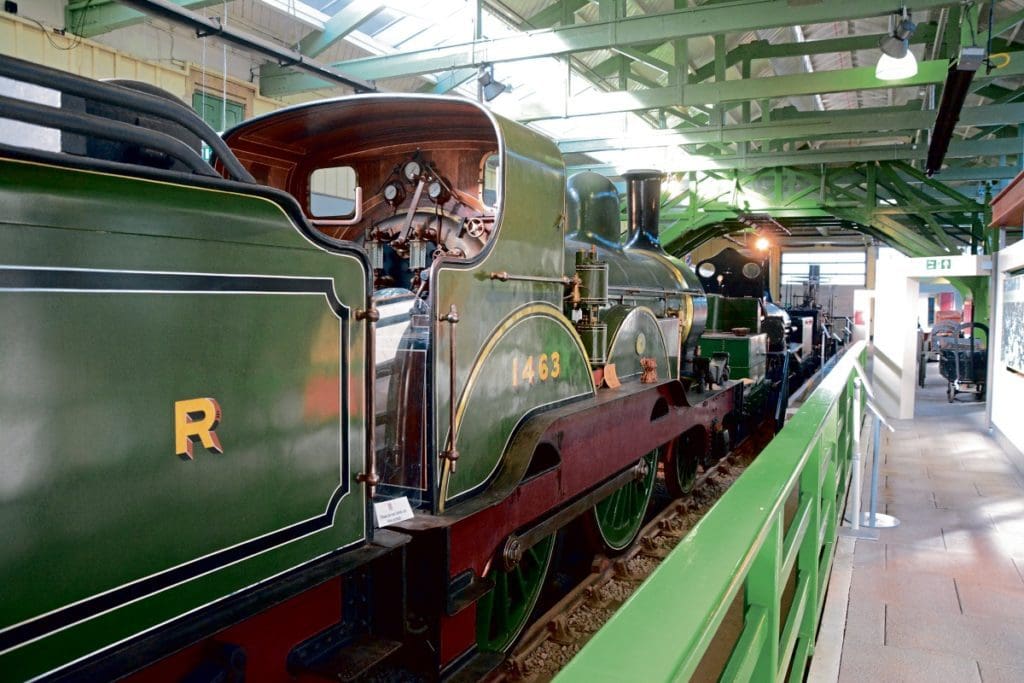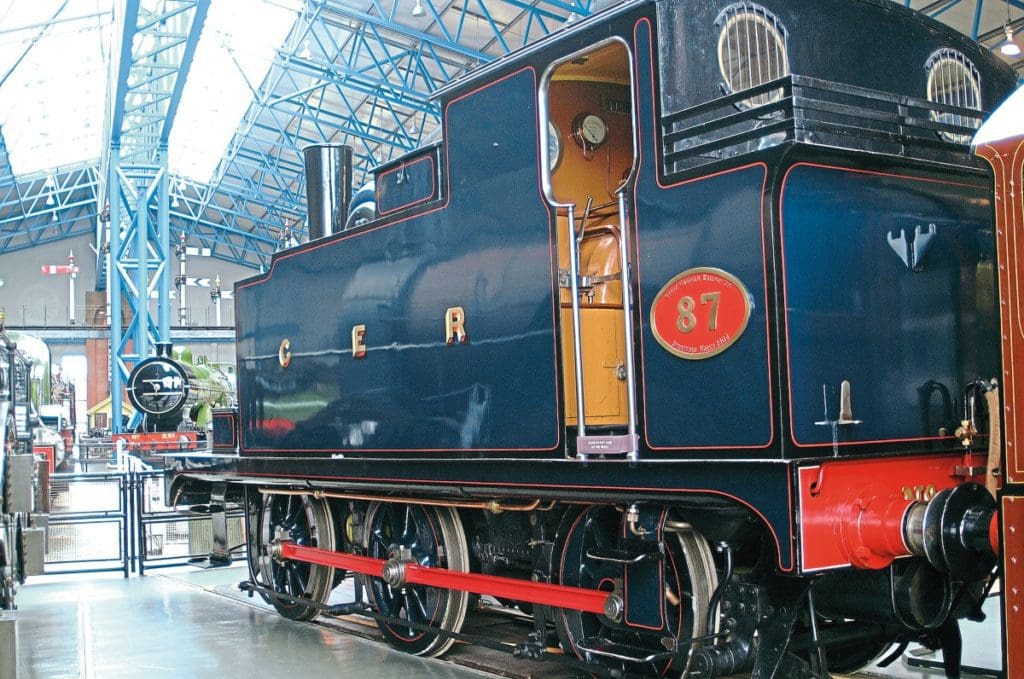Towards the end of the 19th century, the term chief mechanical engineer was beginning to catch on in favour of locomotive superintendent, but as Brian Sharpe outlines, there were still big variations in the job specification between the various railway companies.

Francis Webb had become a chief mechanical engineer on the London & North Western Railway in 1871 and was a prolific locomotive designer. He was also responsible for the remodelling of Crewe station, which involved building four tracks in underpasses on the west side of the station so freight trains could bypass the station.
Webb came up with numerous inventions and received more than 80 patents. He was vice-president of the Institution of Civil Engineers and the Institution of Mechanical Engineers.
Enjoy more Heritage Railway reading in the four-weekly magazine.
Click here to subscribe & save.
Webb took a great interest in local politics – he was an alderman on the Crewe Town Council and was mayor twice. He was also an alderman on Cheshire County Council.

Between 1881 and 1897, Crewe built 300 of Webb’s Coal Tanks, an 0-6-2T version of his standard 17in Coal Engine 0-6-0, with the same cheaply-produced cast iron wheels and H-section spokes as the tender engines.
The 250th Coal Tank to be built, No. 1054 entered service in 1888 and became one of 64 inherited by BR in 1948 and the last survivor; withdrawn from Abergavenny shed in 1958.
A group of determined enthusiasts headed by Max Dunn, the former shedmaster at Bangor, organised an appeal to raise funds to buy No. 1054. The appeal was successful and the engine was purchased for preservation. It is now in service and in the care of the Bahamas Locomotive Society, based at Ingrow on the Keighley & Worth Valley Railway.

Also on the plus side, Webb designed the ‘Improved’ or ‘Renewed’ Precedent express 2-4-0 and 160 were built at Crewe between 1887 and 1902. They were officially ‘renewals’ of the original Precedents and some Newtons for accounting purposes. The ‘new’ engines retained their names and already haphazard numbers, and eventually, they acquired the nickname ‘Jumbos’.
Read more and view more images in Issue 255 of HR – on sale now!
Advert
 Enjoy more Heritage Railway reading in the four-weekly magazine. Click here to subscribe.
Enjoy more Heritage Railway reading in the four-weekly magazine. Click here to subscribe.











